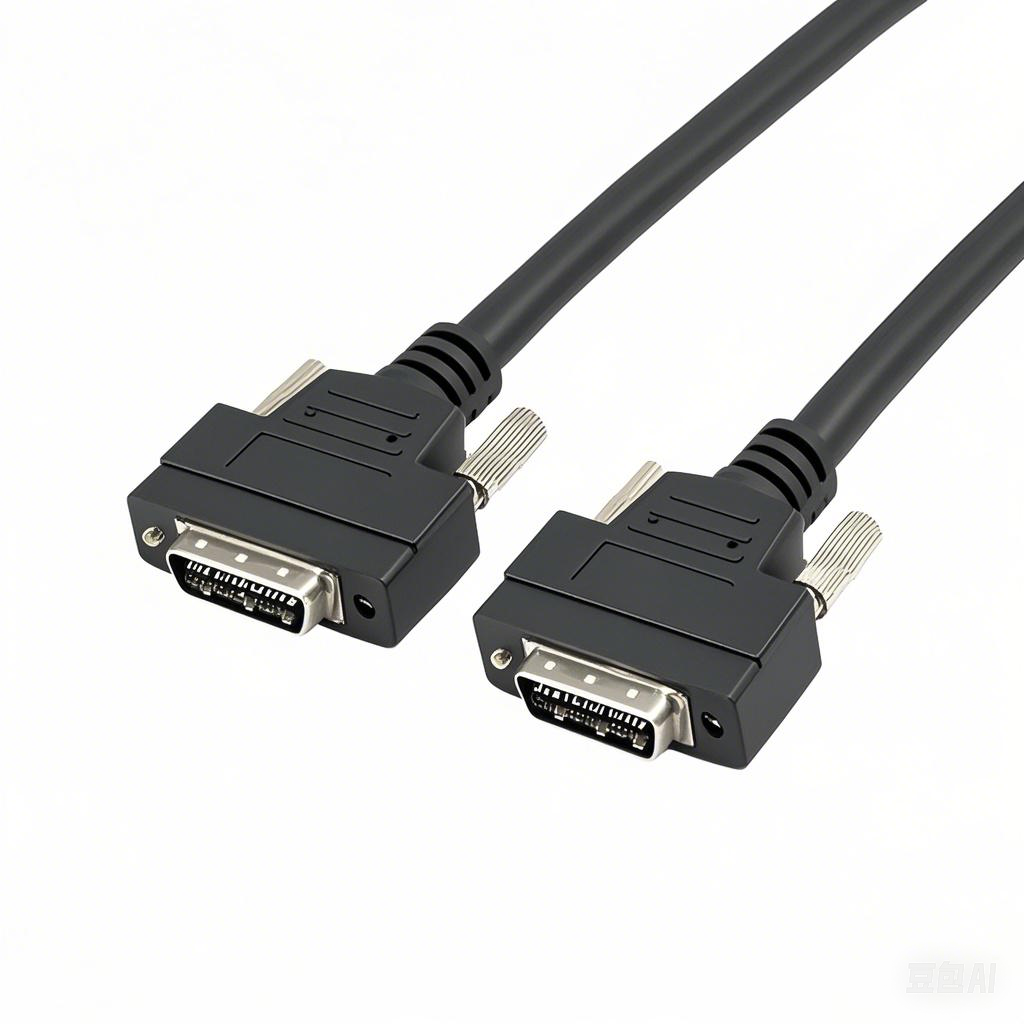How to Select Machine Vision Cables for Medical Applications
Getting crystal-clear images and reliable data from your medical imaging systems, surgical robots, or diagnostic equipment is non-negotiable. Often overlooked, the cables connecting your cameras, sensors, and processors play a critical role in this performance. Choosing the right machine vision cable for medical use is about far more than just connecting point A to point B; it’s about ensuring patient safety, diagnostic accuracy, and device reliability in demanding environments. Here’s what you absolutely need to consider:
1. Reliability & Signal Integrity is Paramount
Medical procedures demand flawlessly transmitted images and data. Any signal degradation means blurry images, noise, artifacts, or even data loss – outcomes you simply cannot risk.
- Shielding Excellence: Medical environments are electrically noisy (think MRI, diathermy, various monitors). Look for cables with robust, multi-layer shielding (combinations like foil + high-coverage braid are common). This protects delicate image signals from electromagnetic interference (EMI) and radio frequency interference (RFI).
- High-Quality Conductors: Precision video signals (like Camera Link HS, CoaXPress, SDI) need low-skew, impedance-controlled cabling. Use cables specifically designed and certified for the high-speed protocol you employ (e.g., CoaXPress compliant cables). Poor quality leads to signal reflection and degradation.
- Connector Integrity: Secure locking connectors (like MDR, M8/M12, sturdy D-sub types) are essential. Vibration in ORs or robots can easily dislodge a poor connection. Ensure gold-plated contacts for optimal signal transfer and corrosion resistance.
2. Durability & Flexibility Under Pressure
Medical cables face unique physical demands:
- Constant Flexing & Motion: Surgical robot arms, mobile C-arms, and articulated booms require cables rated for continuous flexing. Look for high-flex designs with finely stranded conductors, specialized insulation, and strain relief at connectors. Understand the required bend radius and number of flex cycles.
- Sterilization & Chemical Resistance: Cables used in sterile fields or touching equipment/surfaces exposed to bodily fluids or cleaning agents MUST withstand harsh chemicals. Silicone and specific PUR (Polyurethane) formulations are common choices for excellent chemical resistance and autoclave (steam sterilization) compatibility. Avoid PVC jackets.
- Abrasion & Cut Resistance: Cables dragging against equipment or sharp instruments need tough jackets. PUR often offers better abrasion resistance than silicone. Consider protective conduits or carriers in high-risk paths.
3. Patient & Staff Safety Comes First
Cables used near patients must adhere to strict safety standards:
- Biocompatibility: If a cable could come into contact with a patient (even indirectly via fluids), its materials must be ISO 10993 / USP Class VI tested and certified. This ensures they won’t cause irritation or toxicity. Always verify certification documentation.
- Electrical Safety: Cabling must support the overall device’s electrical safety classifications (e.g., IEC 60601-1 for medical electrical equipment), especially concerning leakage currents and isolation requirements.
4. Meeting Strict Compliance & Cleanliness Needs
The medical device industry is heavily regulated:
- Regulatory Compliance: Cables may be considered components of medical devices. Ensure the manufacturer understands and designs for relevant standards (ISO 13485 quality systems, FDA requirements). Obtain certificates of conformity.
- Cleanability: Cables need smooth, non-porous jacketing that won’t trap fluids or particles and can be easily wiped down with hospital-grade disinfectants without degrading. Silicone and PUR excel here.
5. Matching the Right Cable Type to Your Tech
The machine vision interface dictates the core cable technology:
- Coaxial Cables: The workhorse for analog video (HD-SDI) and digital standards like CoaXPress (CXP). Ideal for high bandwidth over moderate distances (tens of meters). Prioritize cables rated for the specific CXP speed tier.
- Twisted Pair Cables: Used for Ethernet-based protocols (GigE Vision, 10GigE). Typically need Category 6a or better for reliable 10GigE performance over practical medical equipment distances. Good flexibility options exist.
- Fiber Optic Cables: Essential for very long distances or extremely high bandwidths (25GigE, 100GigE, Camera Link HS) within large systems or across rooms. Immune to EMI but requires careful handling. Consider pre-terminated ruggedized assemblies.
- Hybrid Cables: Combine power, signal, and sometimes fluid/gas lines (e.g., for endoscopes) in one bundle. Reduces clutter but requires specialized design and careful strain management.
The Essential Selection Checklist for Medical Vision Cables:
- Protocol & Performance: What standard does it need to carry (CoaXPress, GigE Vision, SDI)? What bandwidth/distance? Get compliant cables.
- Environment: Will it face sterilization? Chemicals? High flexing? Abrasion? Moisture? Choose jacket & construction accordingly (Silicone/PUR for chem/flex/cleanability).
- Safety: Could patient contact occur? Requires ISO 10993/USP VI biocompatibility.
- EMI: Is it near strong interference sources? Mandates high-quality multi-layer shielding.
- Flex: Will it be constantly moving? Requires high-flex rated construction, appropriate bend radius.
- Connectors: Need secure locking? Space constraints? Choose MDR, ruggedized M8/M12, or specialty types.
- Regulations: Does it support the device’s IEC 60601 compliance and ISO 13485 sourcing?
- Supplier: Do they have medical industry expertise, relevant certifications, and proven documentation? Partner with them early.
Don’t Gamble with Vision Performance
Selecting machine vision cables for medical applications requires meticulous attention. Prioritizing signal integrity, physical durability under flex and sterilization, strict biocompatibility, EMI shielding, and regulatory compliance isn’t optional – it’s fundamental to creating safe, effective, and reliable medical technology. Investing in the right cable solution from specialized suppliers protects your patients, your staff, your diagnostic results, and your reputation. Treat these cables as the critical medical device components they are.











